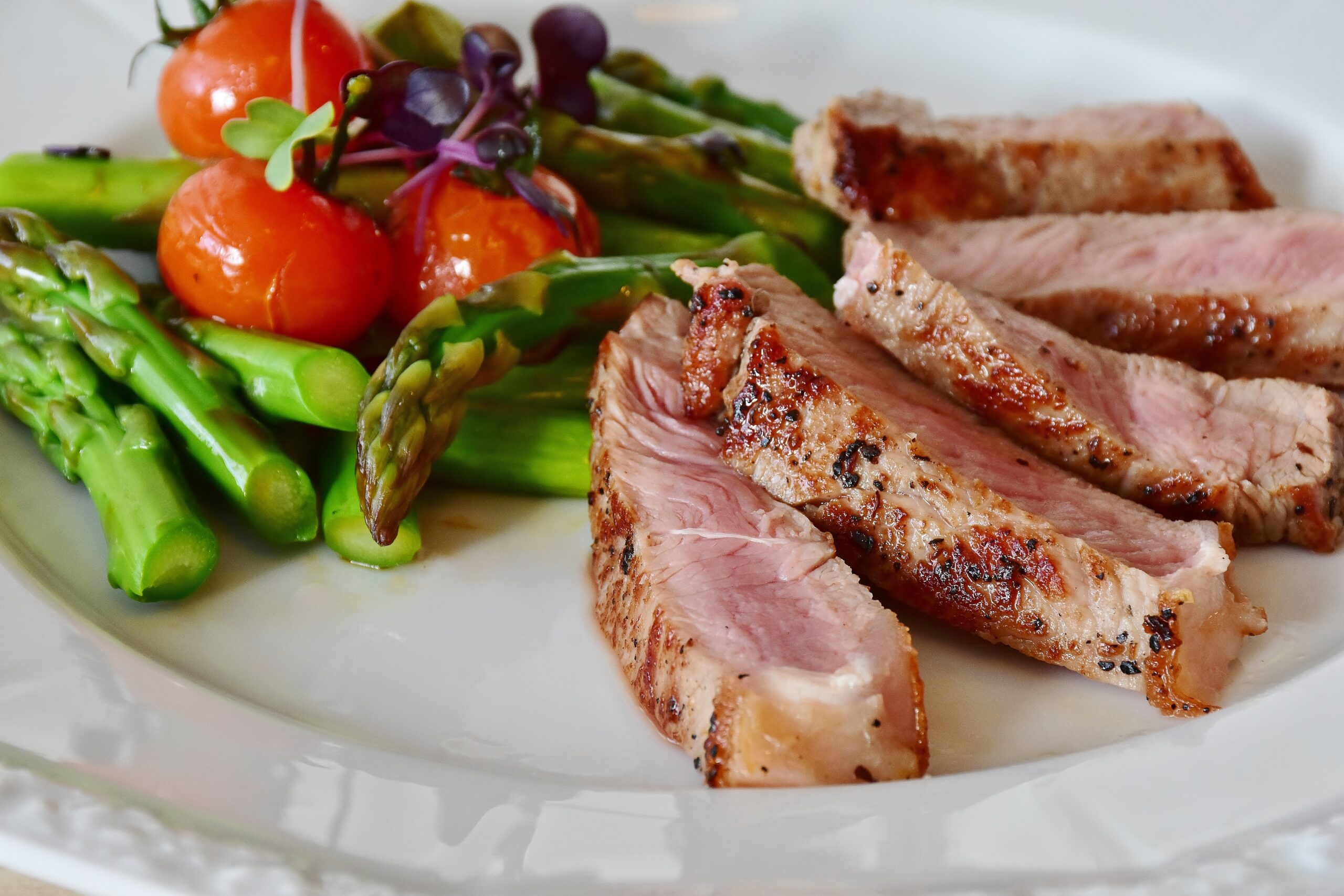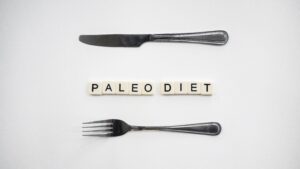Seafood Lover’s Guide – Seafood is a favorite among many people. Whether you are a seafood enthusiast or a newbie, you need a guide to make the most of your seafood experience. In this guide, we will walk you through everything you need to know about seafood, including its benefits, types, cooking methods, and safety measures.
Benefits of Seafood
Seafood is a fantastic source of protein and omega-3 fatty acids, making it an excellent addition to a healthy diet. Here are some of the benefits of seafood:
Good for Heart Health
Eating seafood regularly can reduce the risk of heart disease. Omega-3 fatty acids help lower triglycerides, decrease blood pressure, and prevent the formation of blood clots.
Boosts Brain Function
Seafood is rich in omega-3 fatty acids, which are essential for brain function. Eating seafood can improve cognitive performance, memory, and mood.
Aids in Weight Loss
Seafood is a low-calorie and high-protein food that can help with weight loss. The protein in seafood keeps you full for longer, reducing the likelihood of overeating.
Types of Seafood
There are various types of seafood available in the market, each with a distinct flavor and texture. Here are some of the most common types of seafood:
Fish
Fish is the most common type of seafood. It comes in various varieties, including salmon, tuna, trout, cod, and tilapia. Fish can be grilled, baked, fried, or poached.
Shellfish
Shellfish is a popular type of seafood that includes crabs, lobsters, shrimp, and oysters. They can be steamed, boiled, grilled, or baked.
Cephalopods
Cephalopods include squids, octopuses, and cuttlefish. They have a unique texture and are typically grilled or fried.
Cooking Methods for Seafood
Seafood can be cooked in several ways, depending on the type of seafood and personal preference. Here are some of the most common cooking methods for seafood:
Grilling
Grilling is a popular method for cooking seafood, especially fish. It brings out the natural flavors of the seafood and adds a smoky flavor.
Baking
Baking is a healthy and easy way to cook seafood. It’s perfect for larger fish, shellfish, and cephalopods.
Frying
Frying is a quick and easy way to cook seafood. It’s best for smaller fish and shellfish.
Safety Measures for Seafood
Seafood is delicious, but it can also be risky if not handled or cooked properly. Here are some safety measures you need to take when handling and cooking seafood:
Buy Fresh Seafood
Always buy fresh seafood from a reputable source. Check the quality and smell of the seafood before purchasing.
Store Properly
Seafood should be stored in the refrigerator at a temperature of 40°F or below. Use it within two days of purchase.
Cook Thoroughly
Cook seafood thoroughly to kill any harmful bacteria. Fish should be cooked to an internal temperature of 145°F, while shellfish and cephalopods should be cooked until they turn opaque.
Avoid Cross-Contamination
Avoid cross-contamination by using separate cutting boards, utensils, and cookware for seafood and other foods.
Conclusion
Seafood is a delicious and healthy addition to any diet. With this seafood lover’s guide, you now have everything you need to know about seafood, including its benefits, types, cooking methods, and safety measures. So, go ahead and enjoy your seafood guilt-free!
FAQs
- What are the health benefits of seafood?
- Seafood is an excellent source of protein and omega-3 fatty acids, which can improve heart health, brain function, and aid in weight loss.
- How can I ensure the safety of seafood?
- You can ensure the safety of seafood by buying it fresh from a reputable source, storing it properly, cooking it thoroughly, and avoiding cross-contamination.
- What are the different types of seafood?
- There are various types of seafood, including fish, shellfish, and cephalopods. Each has a distinct flavor and texture.
- Can seafood be included in a healthy diet?
- Yes, seafood can be included in a healthy diet as it is low in calories and high in protein and omega-3 fatty acids.




